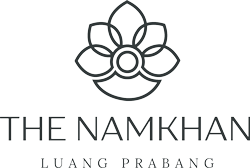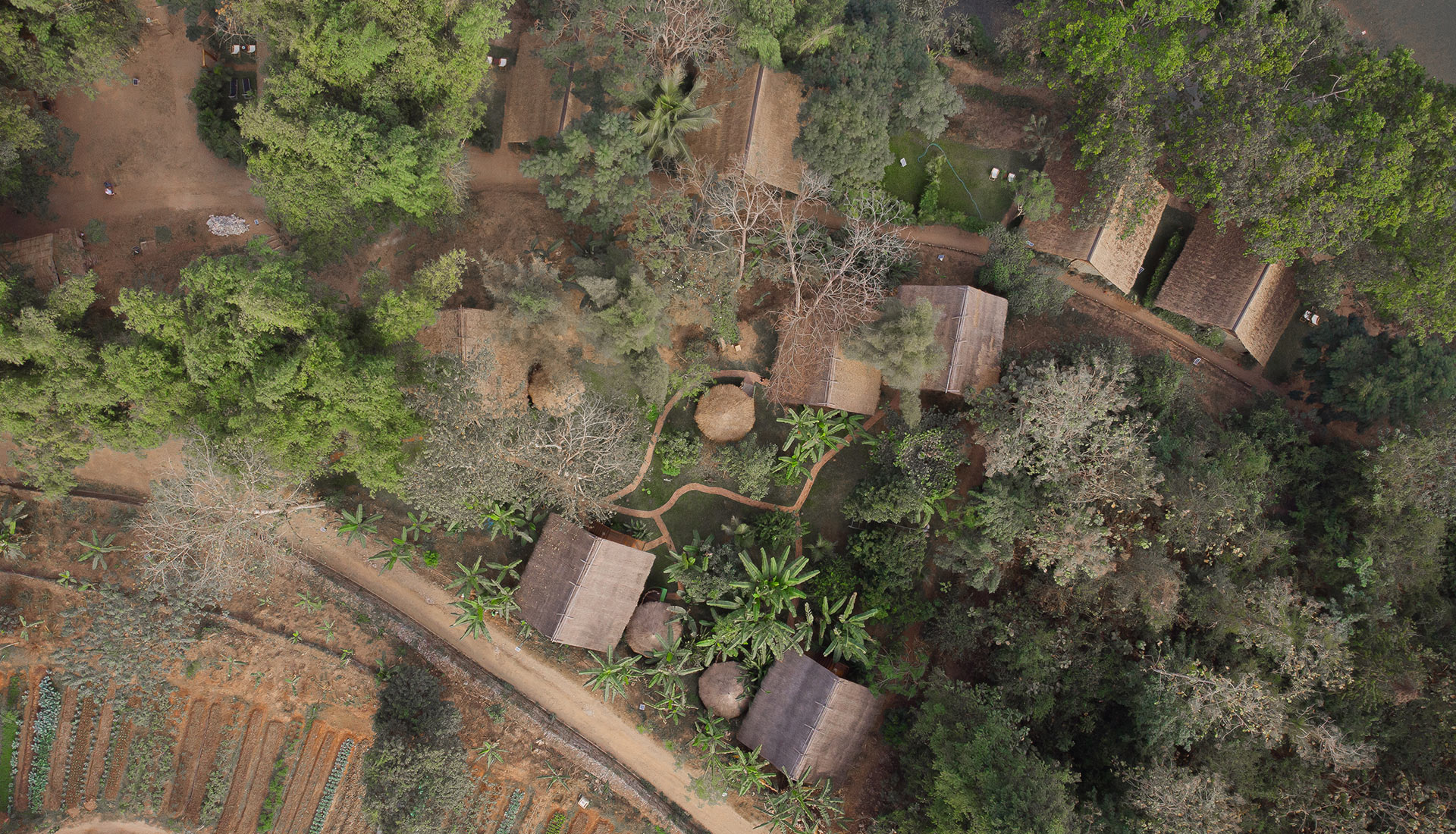Ginger: A spice and a herbal medicine
Ginger, the most important ingredient in our daily lives, is not a vegetable as we think. The interesting fact about ginger is that it is a flowering plant which has a root called ginger. And that root named ginger is widely used as a spice and as a herbal medicine. Ginger originated in the tropical rainforest in Southern Asia. Although ginger no longer grows wild, it is thought to have originated on the Indian subcontinent because the ginger plants grown in India show the largest amount of genetic variation. Ginger was exported to Europe via India in the first century AD as a result of the lucrative spice trade and was used extensively by the Romans.
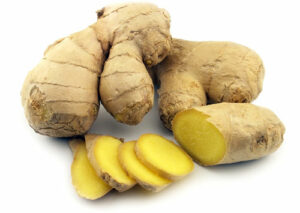
Introduction of ginger plant:
The scientific name of ginger is ZingiberOfficinale. The plant has narrow green leaves of about a meter length and it has yellow flowers that gives a beautiful color to the plant and the same yellow color is owned by the ginger. It comes from the family of Zingiberaceae. Other than medicine and spice its turmeric is also used.
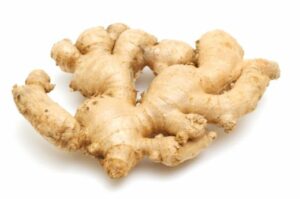

Suitable climate for the growth of ginger:
The native town of ginger is South Asia. In many South Asian countries ginger grows in abundance and it can be easily purchased from any vegetable or grocery store. Many people in Asia also grow ginger at their home to pursue their hobby of kitchen gardening. As many South Asian countries has warm climate so the ginger is harvested in large amount in these countries such as China, India, Nepal and Pakistan.


After planting, ginger is harvested within 10-12 months. The interesting thing about ginger is that it does not specific months of the year to grow. In all the warmer regions and the tropics, it grows round the year. However, the best suggested time for the planting of ginger is at the end of winter and early spring.
The size of ginger plant is up to 4ft. tall so it is easy to grow it at home as it does not need huge space.
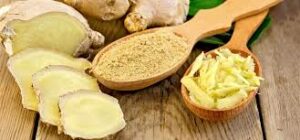

Health benefits of Ginger:
Ginger has many health benefits. It has anti-inflammatory properties. It also controls sugar regulation in blood and provide gastrointestinal relief. Ginger reduces muscle pain and soreness. It treats nausea especially morning sickness. It reduces the risk of heart attack and lowers the cholesterol level. Ginger also protect against Alzheimer’s disease.
Clinical uses of ginger:
In many Asian countries ginger is served with tea and it creates health wonders. For instance, in India ginger is hailed for its medicinal, therapeutic and culinary benefits. Ginger settles the stomach issues and helps in digestion. Eating slices of ginger sprinkled with salt before meals can increase saliva flow to aid digestion and prevent stomach issues. Another medical benefit of ginger is that is a therapy for nausea as it reduces motion and sickness. It anti-tumor properties helps in killing cancer cells. It also relieves respiratory disorders and proved very effective in treating asthma.
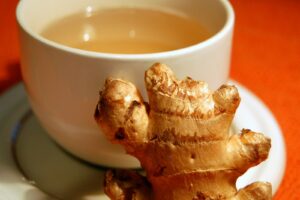

Culinary importance of ginger:
In culinary, ginger is used to add flavor to the dishes. A common dish named chicken with ginger is most popular which includes ginger, onion, garlic and chicken.
